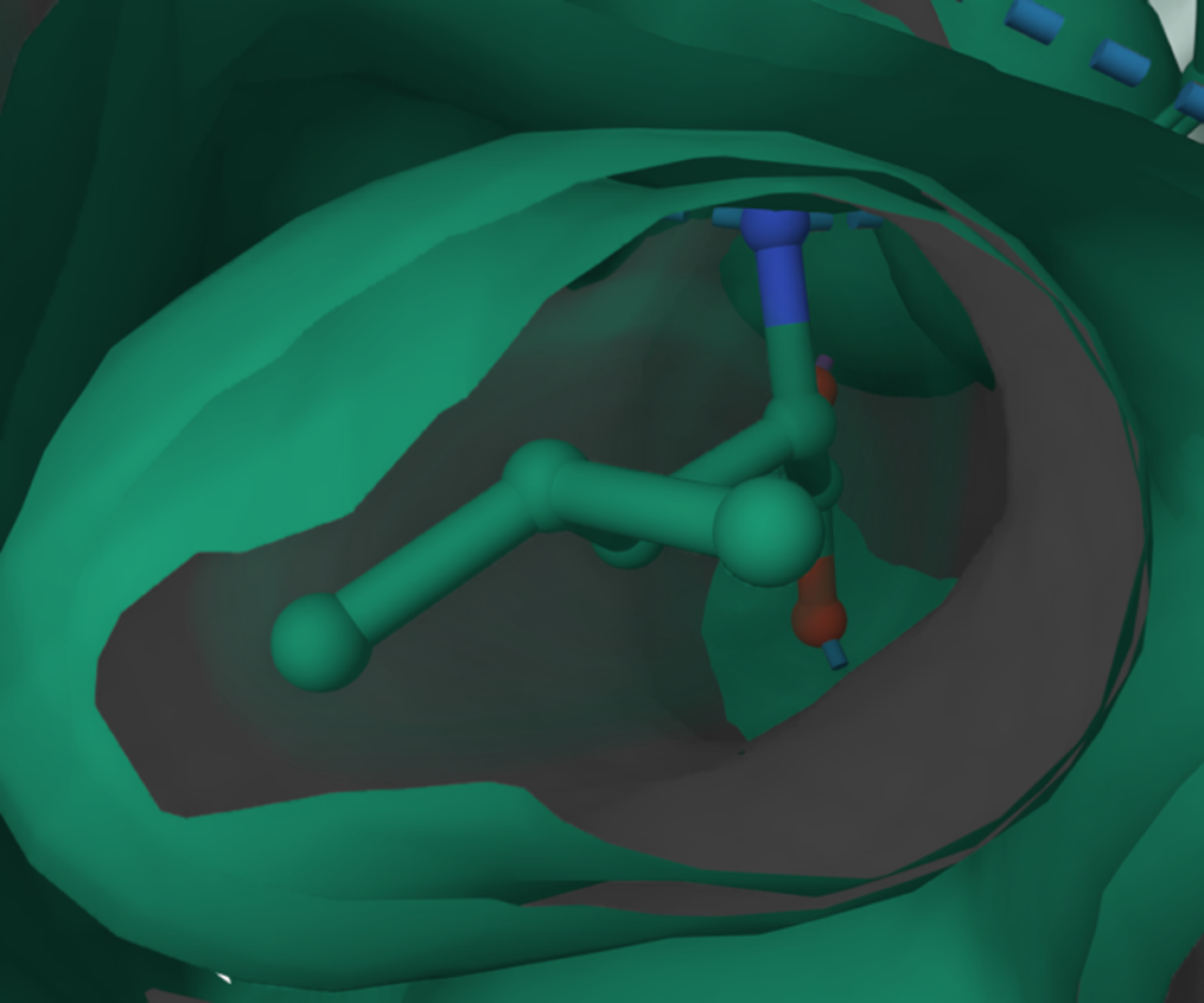When is having trillions of choices not enough? Apparently when making aptamers.
Aptamers-short strands of DNA or RNA capable of binding to specific target receptors-can be incredibly useful for measuring metabolites and proteins in biological research, identifying disease markers, and treating disease. They behave much like antibodies, but are easier to synthesize and incorporate in biosensors, are more stable at room temperature, have a longer shelf life, and are far less likely to trigger unwanted immune responses.
While aptamers come in countless configurations, finding exactly the right one for a specific task is daunting. Researchers typically identify aptamers by sifting through massive libraries of randomly generated bits of DNA or RNA. The rare aptamer that shows an affinity for the desired target can be improved through further studies, but only to a point. Consequently, aptamers have found limited use in biomedicine.
But that may soon change. Milan Stojanovic, PhD, professor of medical sciences, biomedical engineering, and systems biology at Columbia University Vagelos College of Physicians and Surgeons, and his colleagues have devised a better way to build aptamers. The researchers first analyzed how individual structural units within organic compounds (functional groups or fragments) contribute to binding within 27 target-aptamer pairs. The analysis yielded new insights into how to overcome structural barriers that prevent aptamers from engaging their targets.
To demonstrate the utility of their approach, the researchers created two new aptamers with potential clinical applications. One aptamer measures blood levels of the amino acid leucine and could be applied to newborn screening for maple syrup urine disease, a metabolic disorder in which the body cannot properly convert food into energy. Another aptamer detects blood levels of the antifungal drug voriconazole, commonly used in immunocompromised patients. High levels of voriconazole can cause serious side effects, such as brain and liver toxicity. The two new aptamer-based tests have the potential to improve upon existing blood tests for leucine and voriconazole.

Aptamers can measure blood levels of the amino acid leucine, which could be applied to newborn screening for maple syrup urine disease. (Credit: Milan Stojanovic)
References
More information
The study, titled "A functional group-guided approach to aptamers for small molecules," was published June 2 in the journal Science.
All authors are from Columbia except where noted: Kyungae Yang, Noelle M. Mitchell (University of California, Los Angeles), Saswata Banerjee, Zhenzhuang Cheng, Steven Taylor, Aleksandra M. Kostic, Isabel Wong, Sairaj Sajjath, Yameng Zhang, Jacob Stevens, Sumit Mohan, Donald W. Landry, Tilla S. Worgall, Anne M. Andrews (UCLA), and Milan N. Stojanovic.
MNS, KY, TSW, AMA, ST, JS, and SM have (and expect) patents and patent applications regarding aptamers, their uses, and sequences. MNS and TSW have shares of Aptatek Biosciences. MNS and TSW are on the scientific advisory board of aptamer companies. MNS, TSW, and KY have consulting income from aptamer companies.
The study was supported by the National Institutes of Health (GM138843, DA045550, DK126739, EB022015); the National Science Foundation; the Defense Threat Reduction Agency; the Raymond and Beverly Sackler Center, in honor of Herbert Pardes, MD, at CUIMC; and the Maple Syrup Urine Disease Family Group.






